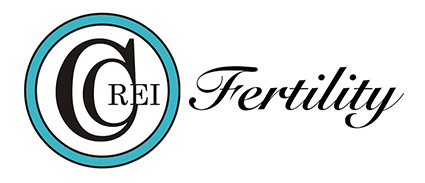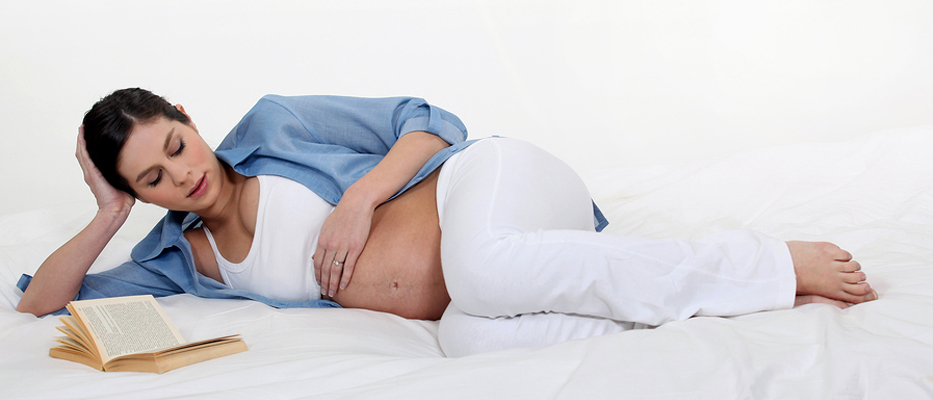Reproductive Process
The Human Reproductive Process
The human reproductive process is a intricate system dependant on the health of the male and female reproductive organs and hormone systems. This amazing system results in conception within a year for about 80% of couples; only 15% conceive the first month they attempt pregnancy, and about 60% achieve a pregnancy within 6 months of trying. In the United States, it is estimated that 15% of women between the ages 15-44, about 6.2 million women, have impaired fertility and this number is increasing. Approximately 25% of women experience some period of infertility during their reproductive years.
CREI helps with infertility in both men and women.
Women are born with approximately 1-2 million eggs and at puberty have 200,000 to 400,000 eggs that are matured during the menstrual cycle. Several eggs mature and one is ovulated each cycle, while the others regress. Therefore, when all of the eggs a woman is born with are depleted, she becomes menopausal. Perimenopause is the time period during which the ovarian reserve is diminished, and egg quality decreases due to age. During perimenopause cycles become irregular and often shorter. Due to hormonal changes resulting form the aging ovary, she often experiences symptoms associated with diminished estrogen production. These include: hot flashes, vaginal dryness, insomnia, headaches, memory loss, hair loss night sweats, irritability, moodiness, and change in breast size can occur.
The female reproductive cycles is dependant on five hormones functioning properly. The hypothalamus releases gonadotropin-releasing hormone (GnRH). This chemical then stimulates the pituitary gland to produce FSH (follicle stimulating hormone) and LH (luteinizing hormone). At the beginning of each menstrual cycle, FSH stimulates several follicles to mature over a 2 week period (follicular phase). FSH signals the ovary to produce a follicle and estrogen. When the dominant follicle becomes large enough, and the estrogen is high enough, this causes an LH surge. This LH surge allows the largest follicle to release a mature egg into one of the fallopian tubes, in addition LH causes the ruptured follicle to develop into a corpus luteum which in turn produces progesterone (luteal phase). In the mean time, intercourse has occurred and sperm travel to the fallopian tube, an egg can fertilize in the fallopian tube. An egg can survive in the fallopian tube approximately 12-24 hours prior to fertilization.
Sperm can remain for up to five days and fertilize the egg at any point during that time. If fertilization occurs, the resulting embryo begins to grow by cell division. In about 5 days the embryo, now a blastocyst, enters the uterus. Progesterone produced by the corpus luteum, along with the estrogen produced by the ovary in the follicular phase, nourish the endometrial lining in anticipation of receiving an embryo. If the embryo implants and begins to grow, BhCG (pregnancy hormone) is produced. If the embryo fails to implant in the endometrial lining the ovary stops production of progesterone, the estrogen drops and the endometrial lining is shed as menstrual flow and cycle begins again.


Follow Us!